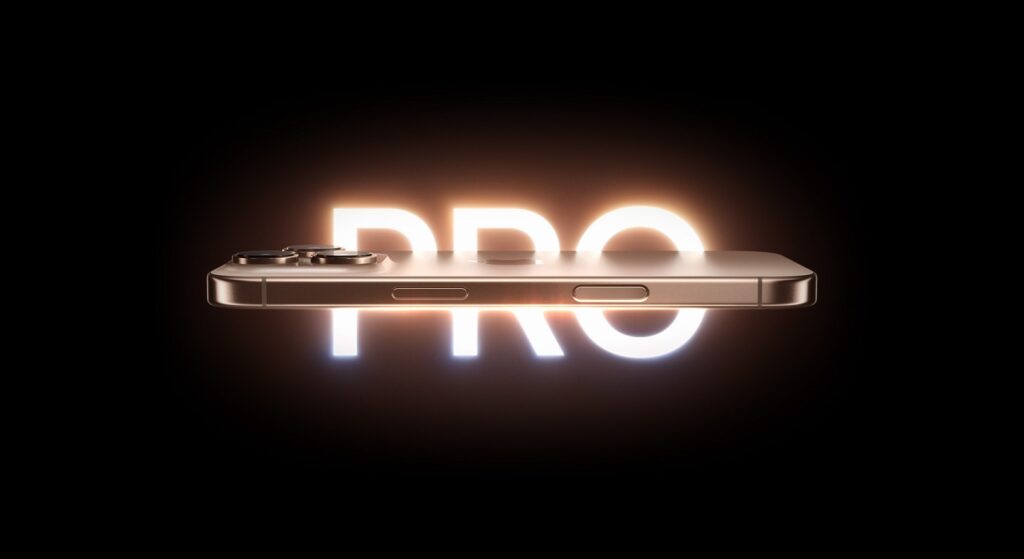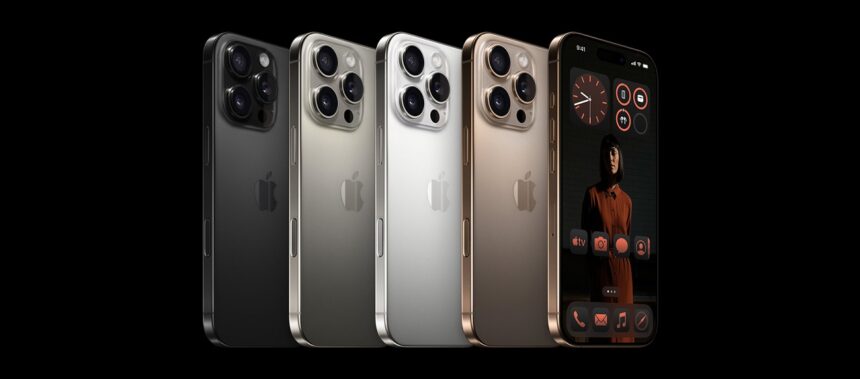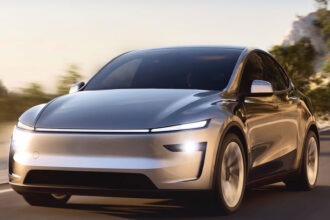iPhone 16 vs iPhone 16 Pro: Features, Comparison, and Pricing
Here’s the updated comparison between iPhone 16 and iPhone 16 Pro:
iPhone 16 vs iPhone 16 Pro (Anticipated Comparison)
- Display:
iPhone 16 (Standard):
Likely to feature a 6.1-inch OLED display.
Standard refresh rate (60Hz or possibly 120Hz, depending on the model).
iPhone 16 Pro:
Likely to have a 6.1-inch OLED display with ProMotion technology, supporting a 120Hz refresh rate.
Enhanced brightness, contrast, and color accuracy for a more premium viewing experience. - Camera System:
iPhone 16 (Standard):
Likely to feature a dual-camera setup (wide and ultra-wide).
Basic photography features like Smart HDR, Night Mode, and Deep Fusion.
iPhone 16 Pro:
Likely to have a triple-camera system (wide, ultra-wide, and telephoto), including advanced features like ProRAW and ProRes video recording.
LiDAR scanner for better low-light performance and augmented reality features. - Processor:
iPhone 16 (Standard):
Powered by the latest A16 or A17 Bionic chip (depending on release).
Very powerful for most tasks but may not have as many specialized features as the Pro model.
iPhone 16 Pro:
Similar chip to the standard model but with better GPU performance and additional features like enhanced AI for photography, gaming, and graphics.
Likely optimized for pro-level tasks, including professional-grade photography and video editing. - Battery Life:
iPhone 16 (Standard):
Smaller battery than the Pro model, but still expected to provide all-day battery life for moderate usage.
iPhone 16 Pro:
Slightly larger battery due to more advanced features and the ProMotion display.
Better battery life for heavy usage and more demanding tasks, like gaming or video recording. - Design and Build:
iPhone 16 (Standard):
Likely to feature an aluminum frame and glass back, with a slim and lightweight design.
More color options available.
iPhone 16 Pro:
Premium build quality with a stainless steel frame and matte glass back.
A more sophisticated design with fewer color options, typically limited to premium shades like graphite, silver, and gold. - Price:
iPhone 16 (Standard):
Likely to be more affordable, starting at around $799 (or lower).
iPhone 16 Pro:
Premium pricing due to additional features and high-end specifications, likely starting around $999 or higher. - Other Features:
iPhone 16 (Standard):
May not include exclusive Pro features like ProRAW or advanced video formats (ProRes).
Still offers most of the essential features that most users need, like Face ID, 5G connectivity, and great overall performance.

iPhone 16 Pro:
Pro-exclusive features like ProRAW photography, ProRes video, LiDAR scanner, and better AR experiences.
Higher quality audio features for spatial audio and Dolby Atmos.
Pros and Cons:
iPhone 16 (Standard):
Pros:
More affordable compared to the Pro model.
Sleek design with strong performance.
Great for everyday use, social media, and casual photography.
Cons:
Lacks advanced Pro features like telephoto zoom, LiDAR, and ProRAW.
Slightly less powerful GPU, which may affect pro-level tasks.
iPhone 16 Pro:
Pros:
Enhanced display with ProMotion for smoother scrolling and gaming.
Advanced camera system with telephoto zoom, LiDAR, and ProRAW features for professional-level photography and video.
Premium materials and build quality, with extra durability and style.
Cons:
Higher price point, making it less affordable for budget-conscious buyers.
Larger size and heavier build may not suit all users.
Conclusion:
If you’re looking for a more affordable iPhone with strong performance for general use, the iPhone 16 will likely meet your needs.
If you want advanced camera features, a premium display, and the best performance for professional tasks (e.g., photography, video recording, gaming), the iPhone 16 Pro will be the better choice.
This comparison is based on patterns from previous iPhone releases, so the exact specifications could vary once the devices are officially announced.
















